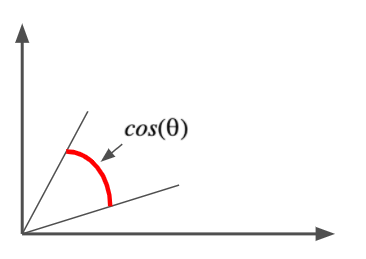Text-based similarities
Building Recommendation Engines in Python

Rob O'Callaghan
Director of Data
Working without clear attributes

Term frequency inverse document frequency
$$ \Large{\text{TF-IDF} = \frac{\frac{\text{Count of word occurrences}}{\text{Total words in document}}}{\log({\frac{\text{Number of docs word is in}}{\text{Total number of docs}}})}} $$
Our data
book_summary_df:
| Book | Description |
|---|---|
| The Hobbit | "Bilbo Baggins lives a simple life with his fellow hobbits in the shire..." |
| The Great Gatsby | "Set in Jazz Age New York, the novel tells the tragic story of Jay ..." |
| A Game of Thrones | "15 years have passed since Robert's rebellion, with a nine-year-long ..." |
| Macbeth | "A brave Scottish general receives a prophecy from a trio of witches ..." |
| ... | ... |
Instantiate the vectorizer
from sklearn.feature_extraction.text import TfidfVectorizer
tfidfvec = TfidfVectorizer( , )
Filtering the data
from sklearn.feature_extraction.text import TfidfVectorizer
tfidfvec = TfidfVectorizer(min_df=2, )
Filtering the data
from sklearn.feature_extraction.text import TfidfVectorizer
tfidfvec = TfidfVectorizer(min_df=2, max_df=0.7)
Vectorizing the data
vectorized_data = tfidfvec.fit_transform(book_summary_df['Descriptions'])print(tfidfvec.get_feature_names)
['age', 'ancient', 'angry', 'brave', 'battle', 'fellow', 'game', 'general', ...]
print(vectorized_data.to_array())
[[0.21, 0.53, 0.41, 0.64, 0.01, 0.02, ...
[0.31, 0.00, 0.42, 0.03, 0.00, 0.73, ...
[..., ..., ..., ..., ..., ..., ...
Formatting the data
tfidf_df = pd.DataFrame(vectorized_data.toarray(), columns=tfidfvec.get_feature_names())tfidf_df.index = book_summary_df['Book']print(tfidf_df)
| 'age'| 'ancient'| 'angry'| 'brave'| 'battle'| 'fellow'|...
|------------------|------|----------|--------|--------|---------|---------|...
| The Hobbit | 0.21| 0.53| 0.41| 0.64| 0.01| 0.02|...
| The Great Gatsby | 0.31| 0.00| 0.42| 0.03| 0.00| 0.73|...
| A Game of Thrones| 0.61| 0.42| 0.77| 0.31| 0.83| 0.03|...
| ...| ...| ...| ...| ...| ...| ...|...
Cosine similarity
Cosine Distance: $$cos(\theta)=\frac{A.B }{||A||\cdot||B||}$$

Cosine similarity
from sklearn.metrics.pairwise import cosine_similarity
# Find similarity between all items
cosine_similarity_array = cosine_similarity(tfidf_summary_df)
# Find similarity between two items
cosine_similarity(tfidf_df.loc['The Hobbit'].values.reshape(1, -1),
tfidf_df.loc['Macbeth'].values.reshape(1, -1))
Let's practice!
Building Recommendation Engines in Python

